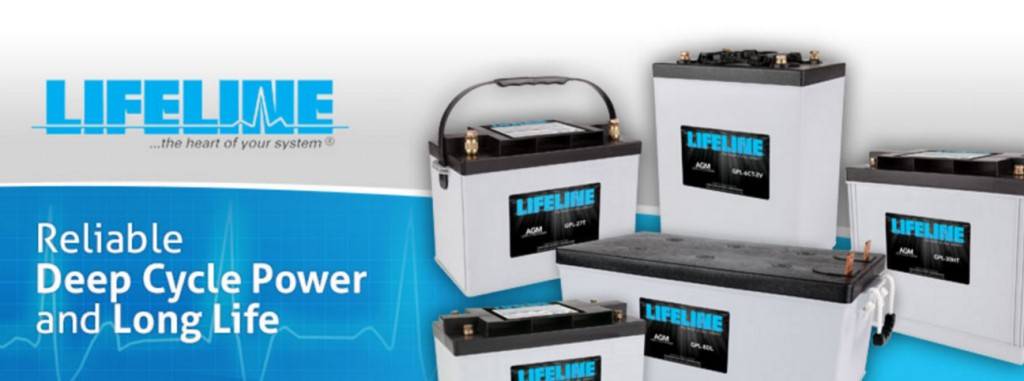There are several kinds of deep cycle RV batteries on the market. They can be easily sorted into four categories – lead-acid batteries, gel-cell batteries, absorbed glass mat batteries, and lithium-ion batteries. In this article, you’re going to find out the differences between these four major types.
Flooded lead-acid RV batteries
Flooded lead-acid batteries are made up of lead plates suspended in a liquid electrolyte (sulfuric acid in most cases). These batteries are cheap, versatile and can be put to a wide range of uses in the home and commercial settings. However – they are not really suitable for an RV. While they will hold a charge, they are prone to spilling and leaking if not properly maintained. More importantly, overcharging a flooded lead-acid battery leads to off-gassing, where the cell produces poisonous gases.
Gel-cell RV batteries
Gel-cell batteries were invented to prevent the leakage and spilling that can occur with flooded lead-acid batteries. In this type of battery (also known as a sealed lead-acid battery), the lead-acid electrolyte is contained in a gel. This means that they can been mounted in any kind of orientation, as well as being used in poorly-ventilated areas, as they do not off-gas like flooded lead-acid batteries.
Absorbed Glass Mat RV batteries
Another type of sealed lead-acid battery, Absorbed Glass Mat batteries (or, simply, AGM batteries) were invented back in the 1970s. Like their gel-cell counterparts, the lead-acid electrolyte is absorbed into a special storage medium – in this case, fiberglass mats. This ensures the battery will not spill. As well as being safer in that regard, AGM batteries charge up to five times faster than a flooded lead-acid alternative and experience very low levels of self-discharge under normal conditions. They can also be safely stored inside your RV, though many users prefer to keep them in a battery box.
Lithium-ion RV batteries
Lithium-ion batteries are a completely different specimen from the other varieties mentioned here. Instead of a lead-acid electrolyte, they typically use a lithium salt solution to move ions between the cathode and the anode. Smaller and lighter than any lead-acid model, they accept extremely high charge rates, ensuring a fast and efficient charge time. Lithium batteries can almost be fully discharged without suffering long-term effects and produce no off-gassing, making them safe for use in confined spaces.
Of these four varieties, AGM and lithium-ion batteries offer the best performance against cost for most RV owners. If you’re looking for the best AGM battery or lithium-ion battery for your vehicle, speak to your local dealer about Lifeline RV batteries.

